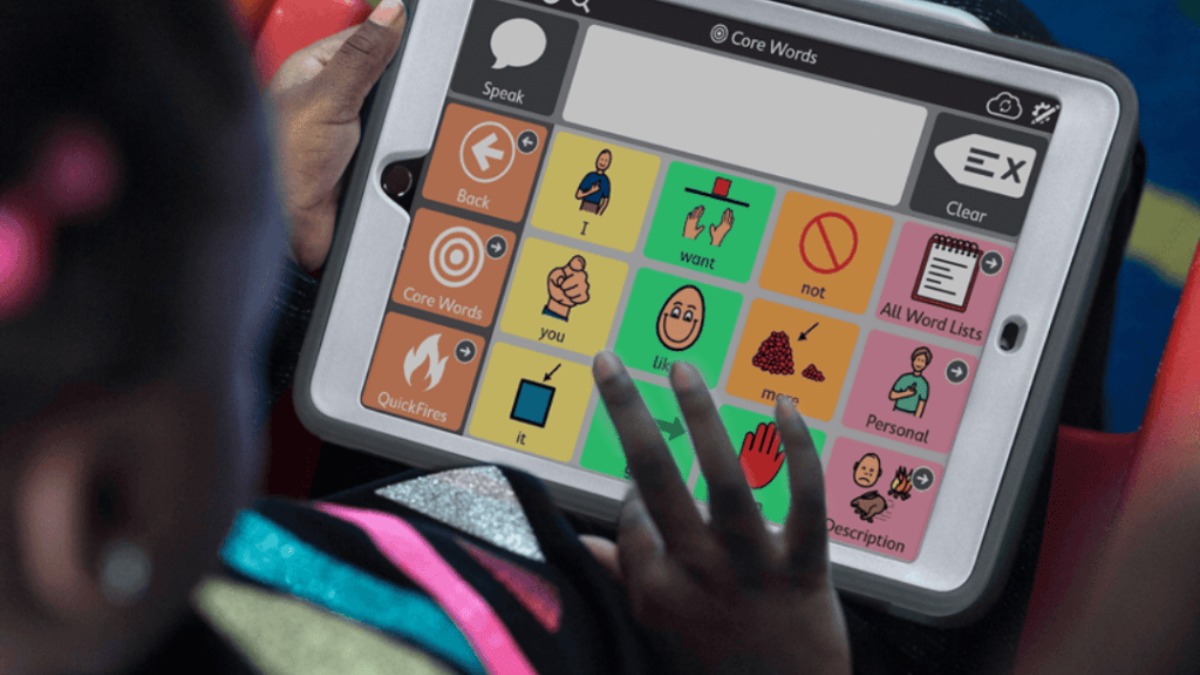3 DIR/Floortime Strategies for Nonverbal Children
February 19, 2025
Discover effective DIR/Floortime strategies to support communication development and social engagement in nonverbal children with autism.
.jpg)
Many children with autism face challenges with communication, particularly those who are nonverbal. DIR/Floortime is a proven therapeutic approach that helps foster communication and developmental growth by focusing on emotional connections and purposeful engagement. By entering a child’s world through play and gradually building interactive skills, therapists and caregivers can guide children toward meaningful communication.
DIR/Floortime Strategies for Nonverbal Children
DIR/Floortime therapy emphasizes the importance of building relationships and developmental capacities through meaningful interactions tailored to each child’s needs. This approach focuses on meeting children where they are developmentally and using play-based activities to engage and encourage growth.
3 key strategies include:
- Establishing Emotional Connections: Creating a safe and supportive environment is crucial. Nonverbal children often communicate through gestures, facial expressions, and body language. Caregivers should respond warmly and attentively to these cues.
- Following the Child’s Lead: Engaging in activities that the child naturally enjoys fosters trust and encourages participation. When a caregiver joins a child's preferred play without imposing their agenda, it creates opportunities for shared attention.
- Using Play as a Developmental Tool: Play allows therapists to enter a child’s world and embed developmental goals naturally. By making interactions fun and engaging, children are motivated to sustain attention and develop social skills.
How Can Parents Support Communication Through DIR/Floortime?
Parents play an essential role in reinforcing the benefits of DIR/Floortime strategies at home. With consistency and patience, meaningful progress is achievable.
Create Structured Yet Flexible Routines
Having predictable routines helps nonverbal children feel secure. However, leaving room for spontaneous play and interaction within these routines encourages creative thinking and social engagement.
Use Visual Aids and Gestures
Since nonverbal children may rely more on visual cues, incorporating pictures, gestures, and sign language can support communication. Visual schedules and charts can also help children anticipate transitions and tasks.
Model and Expand Communication
While verbal language may be challenging, parents can model simple words or phrases related to ongoing activities. For instance, if the child points to a toy car, saying “car” reinforces language connections. Celebrating non-verbal attempts at communication, such as pointing or making sounds, encourages further efforts.
3 Techniques to Enhance Engagement in DIR/Floortime Sessions
DIR/Floortime therapy thrives on meaningful engagement. Here are some effective techniques therapists and caregivers can use to maximize engagement:
1. Use Sensory-Motivated Activities
Many nonverbal children are sensory seekers or avoiders. Activities that incorporate tactile, auditory, or visual elements can capture their attention. Examples include:
- Playing with textured objects like sand or slime
- Engaging in simple rhythm-based activities like clapping or drumming
- Watching and manipulating colorful, moving toys
2. Build Circles of Communication
A “circle of communication” starts when a child initiates an action and a caregiver responds. Keeping these interactions going—through gestures, sounds, or shared play—strengthens the child’s ability to sustain meaningful exchanges.
3. Simplify and Slow Down Interactions
Nonverbal children often need more time to process interactions. Speaking slowly, pausing after questions, and waiting patiently for responses (whether verbal or non-verbal) gives children the opportunity to participate.
3 Benefits of DIR/Floortime for Nonverbal Children

3 Practical Tips for Caregivers
To effectively implement DIR/Floortime strategies, consider the following tips:
- Observe First: Take time to observe what captures your child’s interest before initiating interactions.
- Be Playful: Use humor, exaggerated gestures, and joyful expressions to encourage engagement.
- Celebrate Successes: Recognize and reinforce even small steps toward communication and interaction.
Foster Developmental Growth With DIR/Floortime Services
WonDIRfulPlay in New Jersey offers expert DIR/Floortime therapy tailored to meet the unique developmental needs of nonverbal children. Our compassionate therapists use play-based approaches to foster emotional connections and developmental progress.
We invite you to reach out to learn more about how we can support your child’s journey toward meaningful engagement and communication. Contact us today to discover the transformative impact of DIR/Floortime therapy.
Recent articles













.jpg)


.jpg)






.jpg)











.jpg)
.jpg)

.jpg)
.jpg)



.jpg)
.jpg)
.jpg)

.jpg)
.jpg)

.jpg)



.jpg)


.jpg)
%20(1).jpg)

.jpg)






.jpeg)









.jpg)
.jpg)
.jpg)
.jpg)
.jpg)


.jpg)
.jpg)
.jpg)
.jpg)
.jpg)
.jpg)
.jpg)
.jpg)
.jpg)
.jpg)
.jpg)
.jpg)
.jpg)
.jpg)
.jpg)
.jpg)
.jpg)
.jpg)
.jpg)
